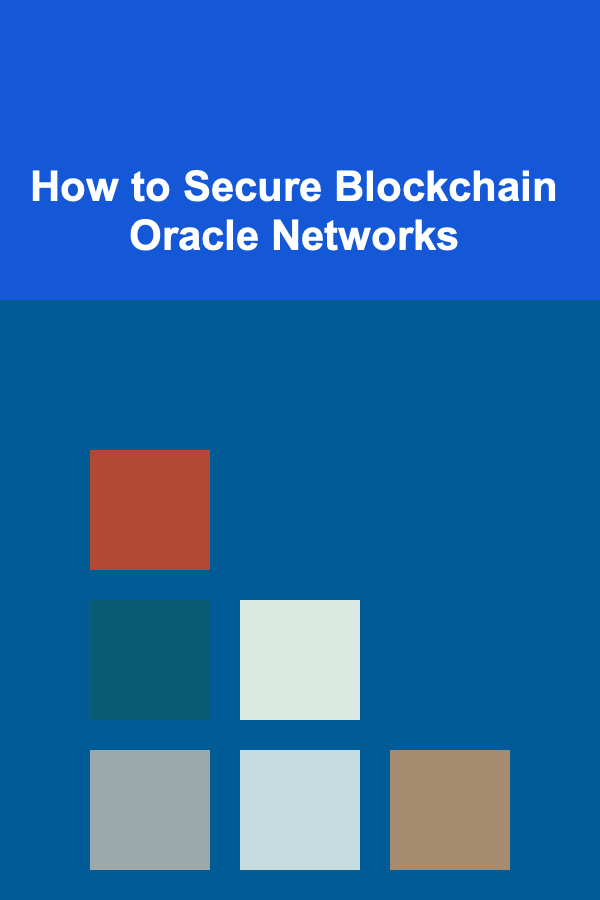
How to Secure Blockchain Oracle Networks
ebook include PDF & Audio bundle (Micro Guide)
$12.99$6.99
Limited Time Offer! Order within the next:

Blockchain technology is widely recognized for its ability to provide secure, transparent, and decentralized transactions. However, the security of blockchain networks doesn't solely rely on the integrity of the blockchain itself but also on the inputs it receives. This is where oracles come into play.
In simple terms, oracles are external data sources that feed information from the outside world into blockchain networks. These inputs are critical for enabling smart contracts to operate on real-world events, such as the price of an asset, the weather, or sports results. Given the importance of oracles in the functioning of blockchain ecosystems, ensuring their security is paramount.
In this article, we will delve deep into how to secure blockchain oracle networks, examining their role, common vulnerabilities, and best practices for securing them. We will also look into various types of oracles and how they interact with blockchain networks.
Understanding Blockchain Oracles
Blockchain oracles are a crucial part of smart contracts, acting as a bridge between the decentralized blockchain world and the centralized outside world. They provide data that smart contracts need to execute based on real-world events or conditions. For example, a decentralized finance (DeFi) protocol might use an oracle to fetch the current price of Bitcoin to determine the value of a collateralized loan.
Oracles can take many forms:
- Software Oracles: These oracles fetch data from online sources such as APIs, websites, or databases.
- Hardware Oracles: These involve sensors or physical devices that provide real-world data like temperature, humidity, or motion detection.
- Consensus Oracles: These rely on a decentralized network of participants to validate data and ensure its integrity before feeding it into the blockchain.
- Inbound Oracles: These provide data to the blockchain from external sources.
- Outbound Oracles: These allow smart contracts to send data to the outside world, such as initiating a payment based on a smart contract's execution.
Since oracles act as the "eyes and ears" of the blockchain, feeding it vital data, their security is critical to ensure that the blockchain operates correctly and fairly.
Why Securing Blockchain Oracle Networks is Critical
Oracles are a point of vulnerability in blockchain systems for several reasons. Unlike blockchains, which are decentralized, tamper-resistant, and have multiple layers of security, oracles are often centralized or rely on trusted third parties. This introduces several risks:
- Data Integrity Risks: Oracles provide external data, and if this data is corrupted or altered, it can result in incorrect decisions made by smart contracts. For example, an incorrect price feed could lead to unintended financial losses in a DeFi protocol.
- Single Point of Failure: Many oracles are centralized, which means that if the oracle provider is compromised, the entire blockchain network can be affected. A hacker gaining control over an oracle's data could manipulate the entire system.
- Sybil Attacks: If an oracle network is decentralized but not properly managed, it could be vulnerable to Sybil attacks, where an attacker creates numerous fake identities to manipulate the oracle's data.
- Availability Risks: Oracles must ensure that they are always available to provide data when required by smart contracts. If an oracle is unavailable at a critical moment, it can halt or disrupt operations.
Given these risks, securing oracles is vital to ensure the integrity of blockchain networks, particularly in decentralized finance (DeFi), insurance, supply chain management, and any other blockchain applications that rely on accurate, real-time data.
Key Vulnerabilities in Blockchain Oracle Networks
Several common vulnerabilities pose a threat to the security of blockchain oracle networks. Identifying these risks is the first step in securing oracles and preventing attacks.
1. Data Manipulation
Data manipulation occurs when an oracle provides incorrect data to the blockchain, either maliciously or due to a flaw in the data source. Since oracles are trusted to bring real-world information onto the blockchain, any compromise in their data accuracy can undermine the blockchain's trustless nature.
For example, if a price feed oracle is manipulated, it could trigger a faulty smart contract, causing significant financial loss in decentralized finance protocols.
2. Centralization Risks
The most common oracle design involves centralization, where a single party or entity provides data to the blockchain. This centralization creates a single point of failure, which makes the oracle network more vulnerable to attacks, such as hacking or coercion. A centralized oracle system cannot benefit from the inherent security of blockchain networks, which are decentralized.
3. Inadequate Consensus Mechanisms
To secure decentralized oracles, a robust consensus mechanism is necessary. If an oracle network relies on a small number of nodes or has an ineffective consensus mechanism, it becomes more susceptible to manipulation or fraud. Without a well-structured and secure consensus system, malicious actors can manipulate the oracle's data.
4. Privacy Leaks
In some cases, oracles may unintentionally leak sensitive data when fetching or transmitting information. Privacy is a critical concern, particularly in applications such as insurance or private financial transactions. Without adequate safeguards, oracles can inadvertently reveal confidential information to unauthorized parties.
5. Lack of Data Availability
Blockchain applications require real-time, reliable access to external data. If an oracle fails to provide data when it's needed, it can cause a disruption in the execution of smart contracts, halting decentralized applications (dApps) and resulting in downtime or loss of functionality.
Best Practices for Securing Blockchain Oracle Networks
Given the importance of oracles and the potential vulnerabilities, it is essential to implement best practices to secure blockchain oracle networks. Below are some strategies and technologies that can enhance the security of oracles:
1. Decentralize the Oracle Network
One of the most effective ways to secure oracles is by decentralizing them. Instead of relying on a single oracle provider, decentralized oracle networks use multiple independent sources of data. By aggregating data from multiple oracles, the chances of data manipulation or failure are greatly reduced. This approach mimics the decentralized nature of blockchain itself and offers increased resilience against attacks.
Example : The Chainlink network is one of the most popular decentralized oracle networks. It uses multiple independent node operators to retrieve and verify data before it is sent to the blockchain. This reduces the likelihood of a single point of failure and ensures the integrity of the data being fed into the system.
2. Use Cryptographic Techniques for Data Verification
To ensure data integrity, cryptographic techniques like hashing and digital signatures should be employed. When oracles fetch data, they can use cryptographic methods to ensure that the data hasn't been tampered with. For example, a cryptographic hash of the data can be included with each data feed, allowing smart contracts to verify that the data matches the hash before it is accepted.
Example : Chainlink uses a process called Verifiable Random Function (VRF) to provide provably fair and random data, ensuring that the data provided by the oracle cannot be manipulated after it has been collected.
3. Implement Strong Consensus Mechanisms
A robust consensus mechanism is essential for ensuring the validity of data provided by oracles. Blockchain networks can use mechanisms like proof-of-stake (PoS) or practical Byzantine fault tolerance (PBFT) to ensure that the data submitted by oracles is accurate and agreed upon by a majority of independent participants. This adds an additional layer of security and reduces the likelihood of malicious behavior.
Example : The MakerDAO protocol uses a decentralized oracle network that aggregates price feeds from multiple sources. These price feeds are validated using a consensus mechanism that ensures the most accurate data is used for decision-making.
4. Use Redundancy for Data Sources
To minimize risks related to data availability, oracles should use redundant data sources. If one data source becomes unavailable or unreliable, other data sources can be used to maintain continuous access to external information. This reduces the chances of smart contracts failing due to a lack of data.
Example: A decentralized weather oracle might aggregate data from several weather stations to ensure that the data remains consistent and available even if one station fails.
5. Regular Audits and Penalties for Malicious Actors
To ensure the continued integrity of the oracle network, it is essential to conduct regular audits of the oracle data feeds. This can involve verifying data accuracy and checking for signs of manipulation. Additionally, oracle networks should implement penalties for malicious actors who attempt to provide false or misleading data.
Example : Augur, a decentralized prediction market platform, employs a system where users can report and challenge inaccurate data. If an oracle provides false information, they face penalties in the form of token slashing.
6. Protect Data Privacy
In sensitive use cases like insurance or financial applications, it is essential to protect data privacy. This can be achieved by encrypting data before it is sent from the oracle to the blockchain. Zero-knowledge proofs (ZKPs) can also be used to verify the correctness of data without revealing any sensitive information.
Example : Chainlink recently integrated ZKPs into their network, enabling the verification of private data without exposing the data itself.
Conclusion
As blockchain technology continues to evolve and play a critical role in various industries, the importance of securing blockchain oracle networks cannot be overstated. Oracles are essential for connecting blockchain networks to the real world, but they also introduce unique risks and vulnerabilities. By decentralizing oracle networks, using cryptographic verification, implementing strong consensus mechanisms, and ensuring redundancy and privacy, we can significantly enhance the security of blockchain oracles.
The future of blockchain applications will rely heavily on the trustworthiness of oracles, and securing them will be a key factor in ensuring the success and reliability of decentralized systems. As blockchain technology matures, so too will the methods for securing oracles, enabling the creation of more resilient, scalable, and trustworthy decentralized applications.
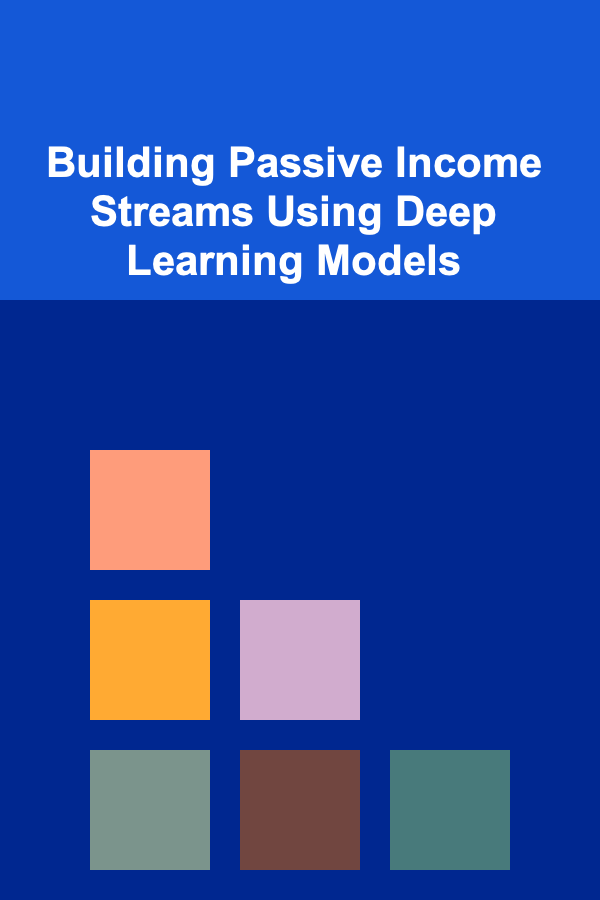
Building Passive Income Streams Using Deep Learning Models
Read More
How to Involve Local Businesses in Supporting Your Reunion
Read More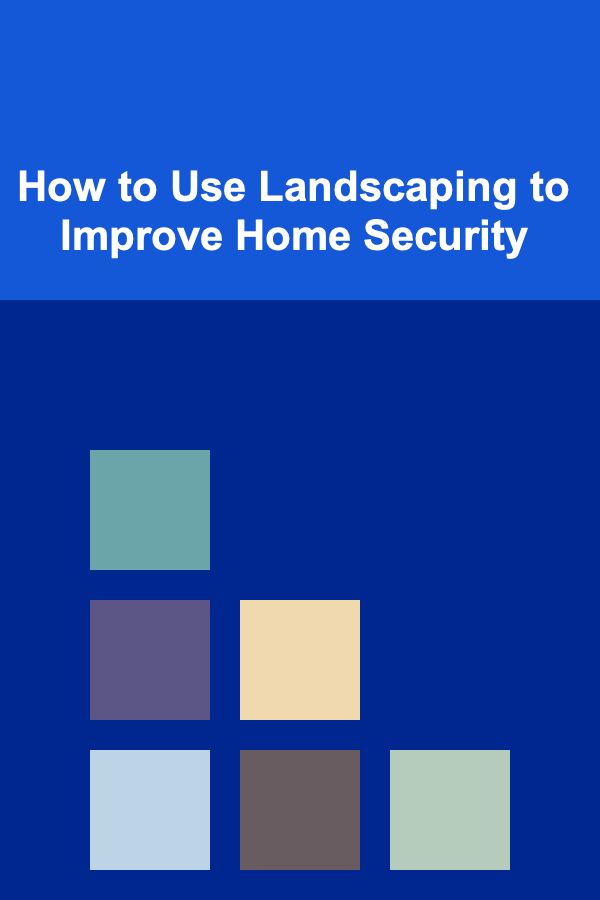
How to Use Landscaping to Improve Home Security
Read More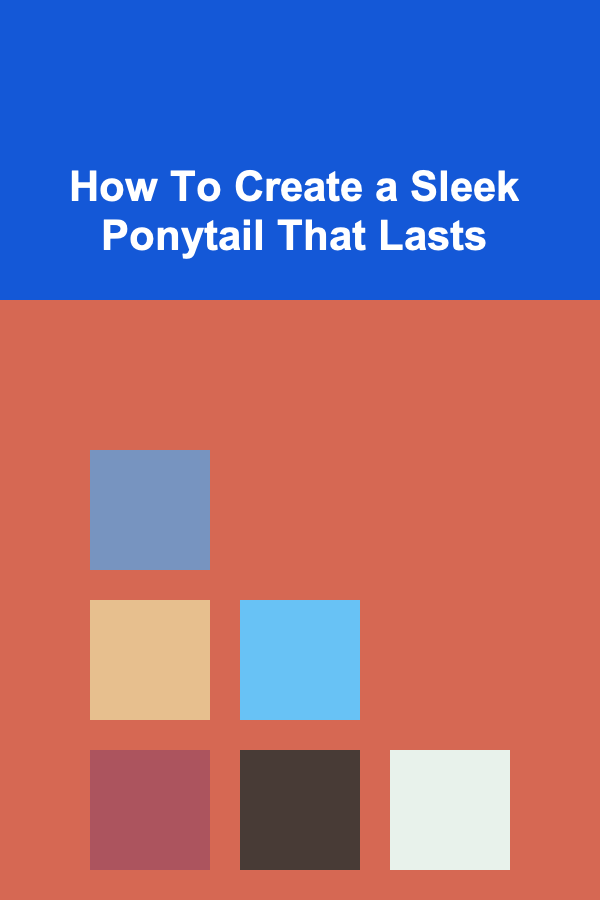
How To Create a Sleek Ponytail That Lasts
Read More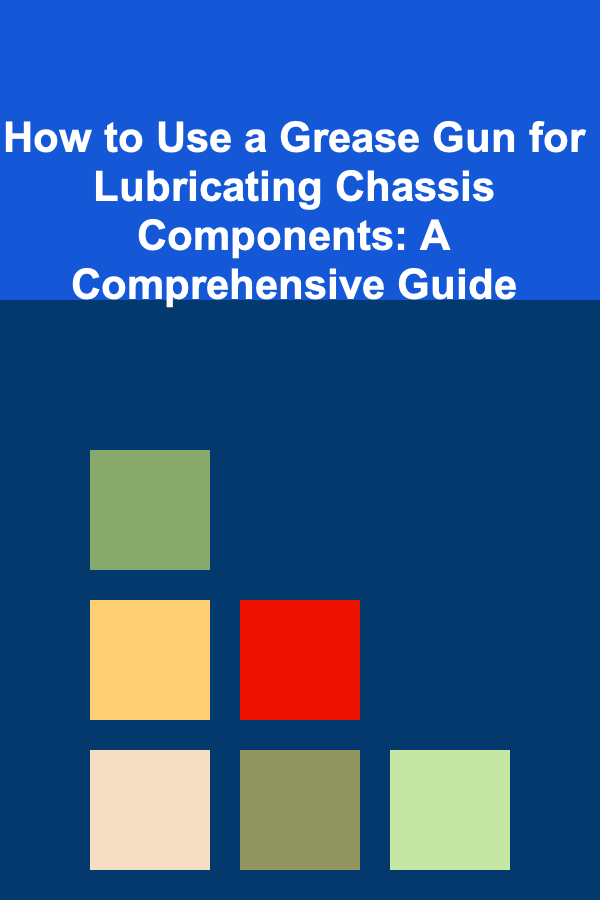
How to Use a Grease Gun for Lubricating Chassis Components: A Comprehensive Guide
Read MoreMood Tracking for Gamers: 10 Strategies to Improve Wellbeing
Read MoreOther Products

Building Passive Income Streams Using Deep Learning Models
Read More
How to Involve Local Businesses in Supporting Your Reunion
Read More
How to Use Landscaping to Improve Home Security
Read More
How To Create a Sleek Ponytail That Lasts
Read More